

Flash Sale | 50% OFF on Followers, Likes, Views
00
HR
00
MIN
00
SEC

Give your Instagram the GoreAd glow-up! There’s a reason our services are rated #1 for Instagram growth. With us, you can buy Instagram followers in just a few minutes and at an affordable price.

 Millions of Followers Delivered
Millions of Followers Delivered
 2500 followers delivered
2500 followers delivered




 High Quality Followers
High Quality Followers Fast delivery
Fast delivery No password required
No password required 24/7 support
24/7 support Real Active Followers
Real Active Followers Guaranteed delivery
Guaranteed delivery 30 day refills
30 day refills No password required
No password required 24/7 support
24/7 supportDon’t just take our word for it. Read reviews from some of our millions of customers to see why they love our services!
Get Followers


We’re proud of the services we offer, and we know they work. That’s why we happily provide two guarantees you’re unlikely to see anywhere else:
The best part about using GoreAd is that our followers are high-quality, engaged, and genuine. That means they won’t disappear out of the blue. But if you do see a drop in your followers after a few days, we’ve got you covered with refills. We’ll get you back to that high follower count instantly!

We always want our customers to be 100% satisfied with our real follower services. If you are not completely satisfied with our services, you’ve got 24 hours to ask for a refund. If we haven’t started your order yet, you can request a full refund, no questions asked.
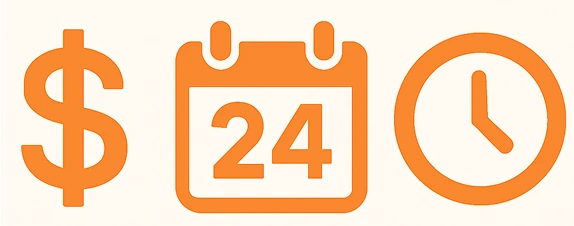

Buying Instagram followers is the quickest, easiest way to upgrade your social media strategy. Having a big number under the “Following” button increases your credibility, visibility, and brand awareness. And it does it in a fraction of the time it would take to happen all on your own.
Have you ever heard of the “social proof” phenomenon? This is where people look to the actions of others to determine what action they’ll take. Basically, it’s a new term for following the crowd or doing something because others are doing it. This makes up a huge chunk of online interactions, and it’s another reason why it’s crucial to have a high follower count. If other IG users see your account has loads of followers and interactions, they’re more likely to believe your page is legit, trusted by others, and an account they should follow as well.
Social media doesn’t exist without algorithms. Developers rely on algorithms to keep users on their apps as long as possible. So, how do they do this? By promoting and serving up content that consistently gets more engagement (likes, comments, views, and yes, follows!). If you want a better shot at appearing on discovery pages or new feeds, you need active, positive metrics for all of these interactions. So, if you have more followers (and those followers are active), you’re much more likely to get the visibility on IG that you need to succeed.
Brand awareness goes hand in hand with social proof and visibility. You could have the best product in the world, but if no one knows you’re selling it, it doesn’t matter. That’s why you should never overlook prioritizing brand awareness. Brand awareness means folks understand who and what your brand is. They hear your company or brand’s name and instantly know what you sell, who you are, or at the very least, what sector you serve. You get brand awareness by having a strong number of followers.

Sure, for the casual user who keeps their profile private and their online following small, your follower count is no big deal. But if you want to make a name for yourself online, these numbers are everything. According to recent statistics, Instagram has more than 2 billion monthly active users, which is about 36% of the total number of internet users globally. Whether you’re an influencer or business owner, Instagram is a portal to one of the biggest online active user bases in the world. You should be taking advantage of that to grow your brand or business and get your message in front of the right people.
Get Started NowInstagram is still one of the most important social media platforms for growth and influence. So it’s no surprise that there are a million other growth services claiming they’re the best option for buying IG followers. So why choose GoreAd? Well, we’ve got high ratings, competitive pricing, and 24/7 customer support. We also use top-of-the-line security practices to keep your payment information and your account information safe. We will never ask for your password.
Oh, and we only offer real, active Instagram followers. No bots, no ghost accounts killing your performance metrics. That’s why we're the best, safest, and most dependable option for gaining followers. But here are the top four benefits you’ll get from using our services.
You could spend months trying to get one of your posts to go viral (only for it to flop). Or, you could boost your numbers in less than a day and get your account on the path to success ASAP. With GoreAd, you’ll see a guaranteed increase in your follower count within 48 hours. All you have to do is select your package, share your IG handle, pay, and you’re on your way.
We recommend our customers buy batches of followers over time. That way, your growth looks more natural, and it’s easy to pair with organic results. Once other users start seeing your account consistently rising, they’re more likely to get in on the action and give you a follow.
Get Followers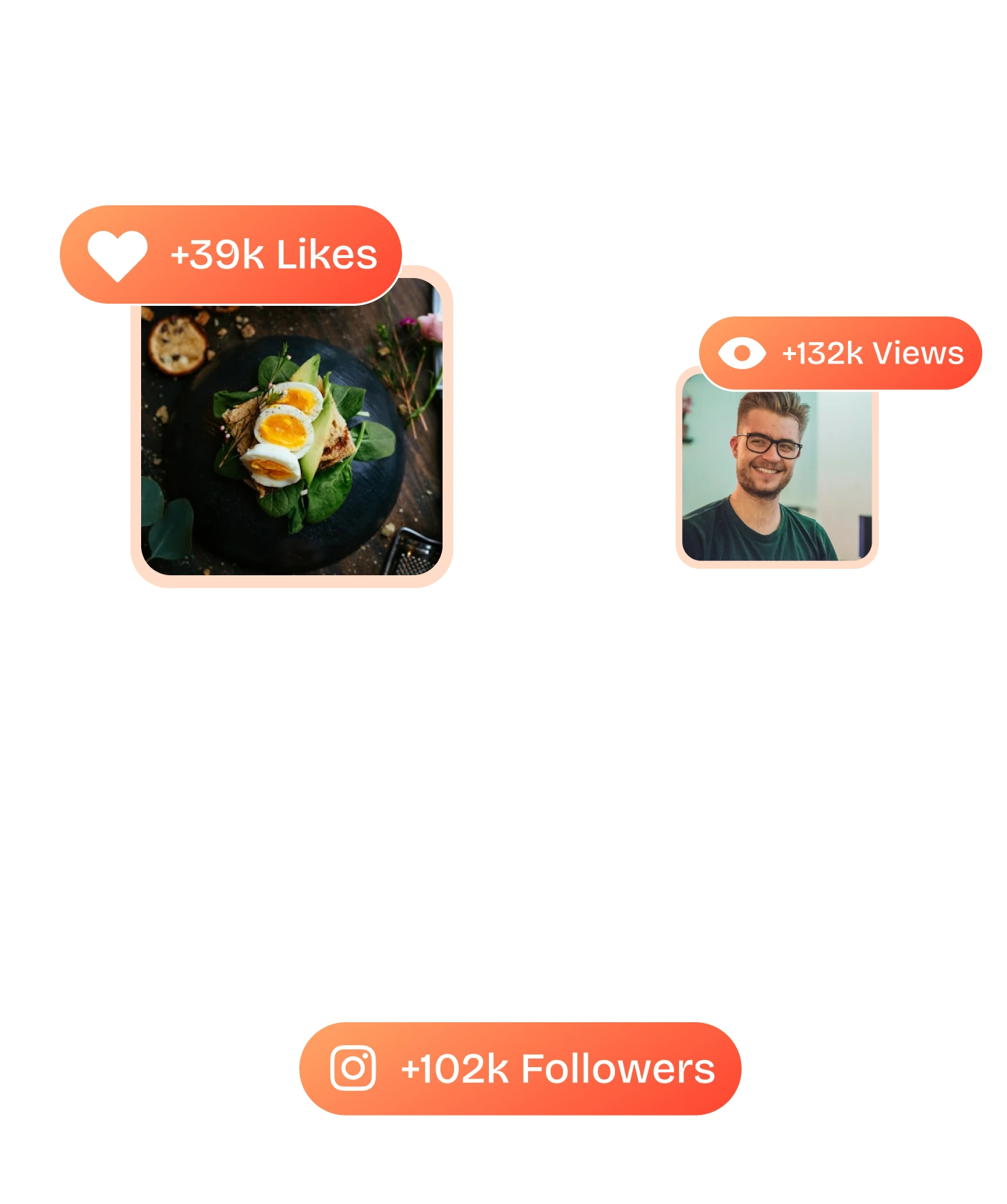
Everyone wants free followers. But just like there’s no such thing as a free lunch, there’s no such thing as free followers. If you see a service claiming they offer that, you know there’s a catch. Now, let’s say you’re debating whether you should buy followers or go with traditional advertising tactics. Compared to buying ads or boosting posts, GoreAd is relatively inexpensive. Our packages start at less than a dollar, meaning we’ve got flexible options for every budget.
Boost Growth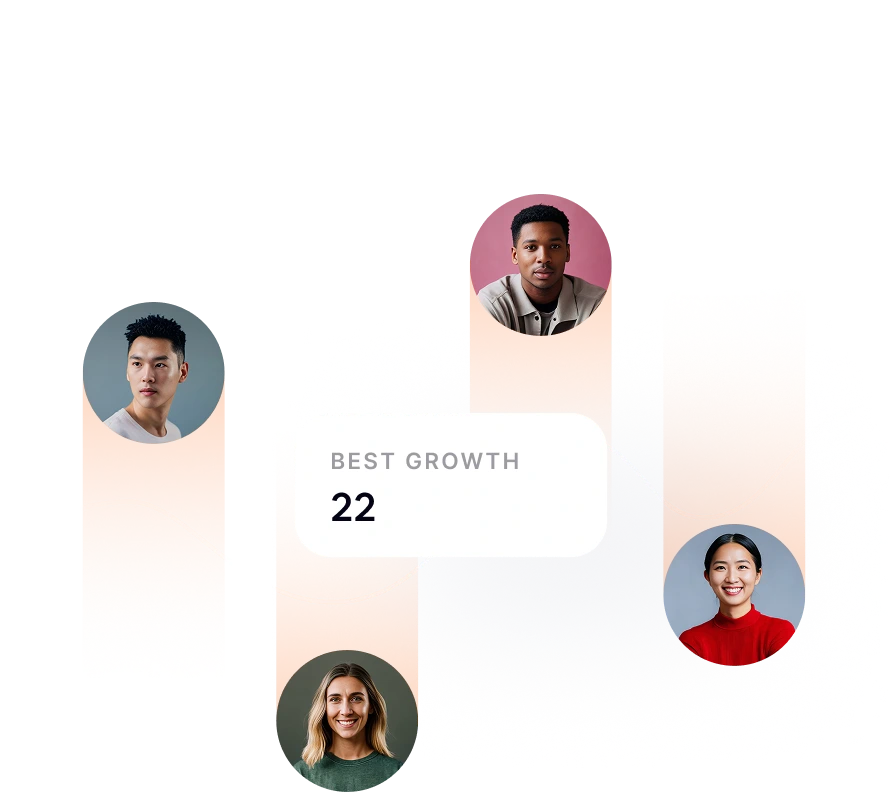
Sure, you could always buy Instagram comments, views, or likes. But you don’t necessarily have to. Why? Because the more followers you have, the more credibility, visibility, and brand awareness you have. All of that translates into higher engagement. Once people start to see your account’s success, they’re more likely to engage with your content in other ways beyond following. With that gained social proof, they’ll feel more comfortable and motivated to like, comment, and share your posts.
Grow Engagement
All that added engagement is great, but what do you get out of it? Beyond clout and recognition, a bigger follower count could lead to sponsorship opportunities if you're an aspiring influencer. Companies look for influencers with big audiences. They want their product in front of as many of the right people as possible. Getting your numbers up makes you an appealing candidate for paid sponsorship deals and other promotions. Think of using GoreAd as a small start-up investment that’ll lead to bigger success in the future.
Build Your Brand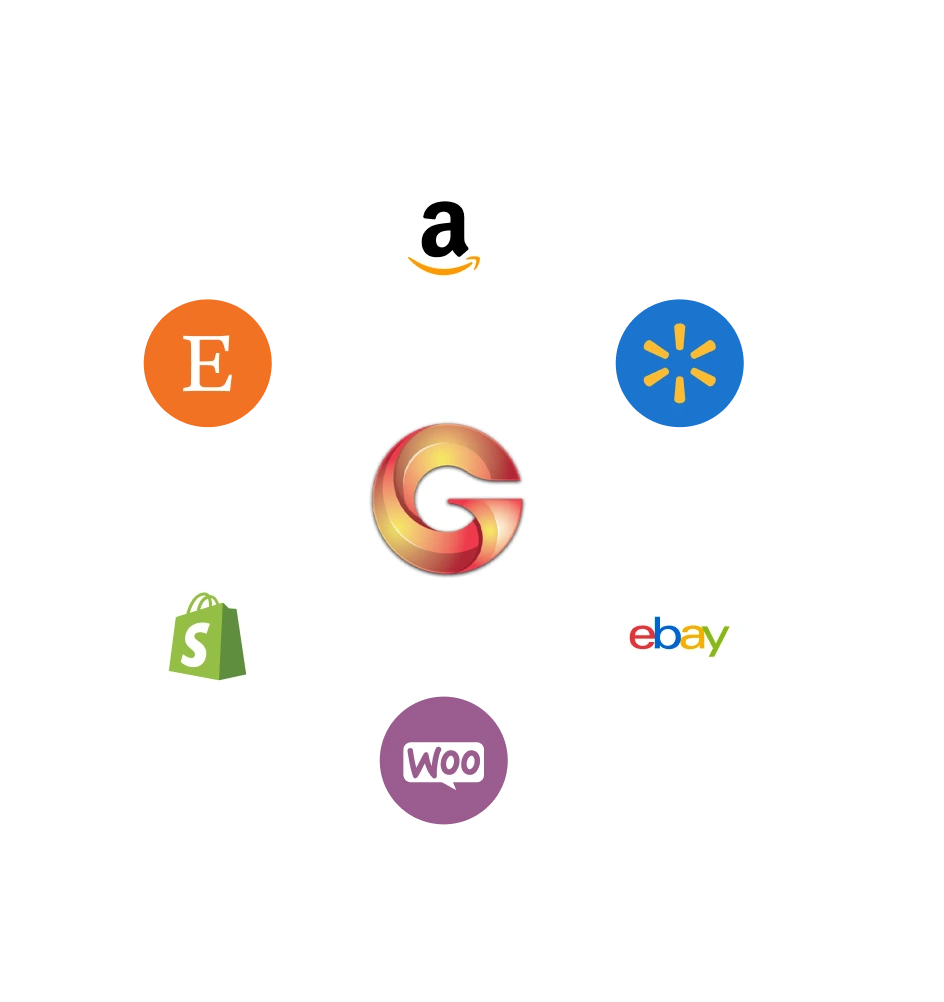
Three simple steps to leveling up your online following.

We’ve got follower packages for every IG user. Want a handful of followers to kickstart your account? Select one of our starter 50 or 100-follower packages. Or maybe you want to make a statement. Go all out with our premium 400,000-follower package. Take your pick; we’ve got it all.
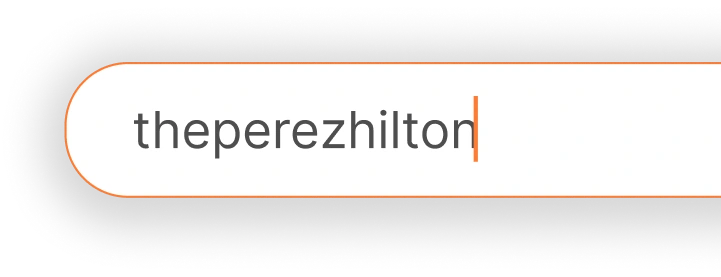
Next, enter your Instagram username on our order form. Make sure your account is public! Our system will then automatically retrieve your account – no password required.
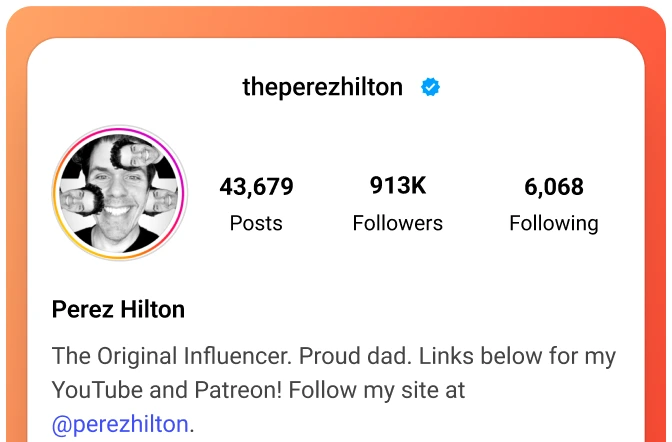
Once you’ve placed your order, it’s your turn to sit back and relax. We’ll email you updates on your order status and start our instant delivery process. You should start seeing your follower numbers go up within hours.
The bottom line: Is it worth it to buy Instagram followers? Yes. If you choose the right service. You should look for a company that offers authentic, active accounts. That means real people use them regularly, and they won’t get your account flagged or banned. You should also look for a service with easy-to-reach customer service, secure payment methods, and positive reviews.
Do all this, and you’ll get more than just the followers you bought. You’ll get visibility, credibility, and more organic engagement as well. And you’ll get it on the most popular Android app in the world. Use this to get sponsorship deals if you’re an influencer, or to make more sales if you’re a business owner.

Delivered 500 TikTok Likes 🔥 15 seconds ago